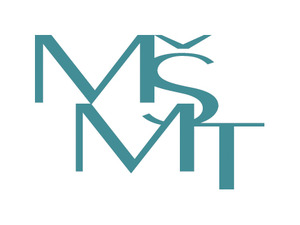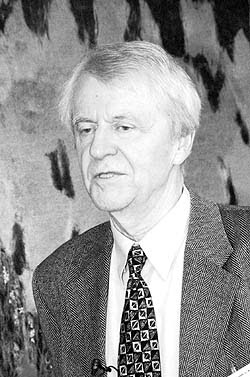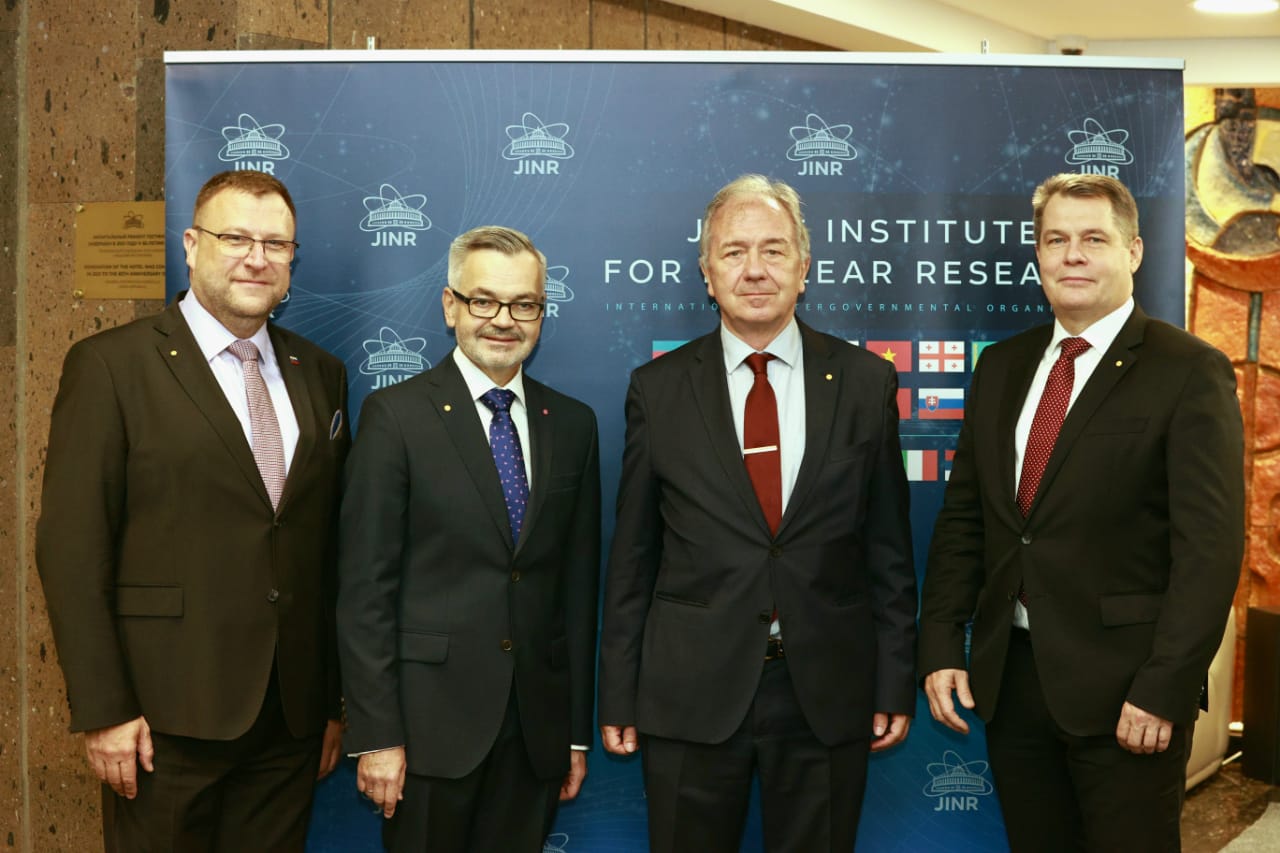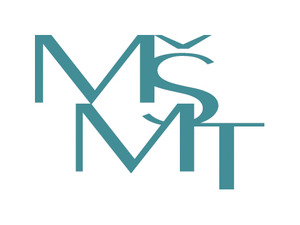Harmonic decomposition of three-particle azimuthal correlations at energies available at the BNL Relativistic Heavy Ion Collider
Author
| Adamczyk L. | AGH University of Science and Technology, Poland |
| Lednický Richard, promovaný fyzik DrSc. dr. h. c. | Institute of physics of the ASCR, JINR Dubna |
| et al. | STAR collaboration |
Year
2018
Scientific journal
Physical Review C, 98 (3), 034918
Web
Abstract
We present measurements of three-particle correlations for various harmonics in Au+Au collisions at energies ranging from root s(NN) = 7.7 to 200 GeV using the STAR detector. The quantity < cos(m phi(1) + n phi(2) - (m + n)phi(3))>, with phi being the azimuthal angles of the particles is evaluated as a function of root s(NN), collision centrality, transverse momentum, P-T, pseudorapidity difference, Delta(eta), and harmonics (m and n). These data provide detailed information on global event properties such as the three-dimensional structure of the initial overlap region, the expansion dynamics of the matter produced in the collisions, and the transport properties of the medium. A strong dependence on Delta(eta) is observed for most harmonic combinations, which is consistent with breaking of longitudinal boost invariance. An interesting energy dependence is observed when one of the harmonics m, n, or m n is equal to two, for which the correlators are dominated by the two-particle correlations relative to the second-harmonic event plane. These measurements can be used to constrain models of heavy-ion collisions over a wide range of temperature and baryon chemical potential.
Cite article as:
L. Adamczyk, R. Lednický, . et al., "Harmonic decomposition of three-particle azimuthal correlations at energies available at the BNL Relativistic Heavy Ion Collider", Physical Review C, 98 (3), 034918 (2018)


 MINISTR ŠKOLSTVÍ KE SPOLUPRÁCI ČR S SÚJV
MINISTR ŠKOLSTVÍ KE SPOLUPRÁCI ČR S SÚJV INTEREST JINR, Wave 6
INTEREST JINR, Wave 6 The passing of Ivo Zvára
The passing of Ivo Zvára Call for the projects solved in collaboration with JINR (Projects 3+3)
Call for the projects solved in collaboration with JINR (Projects 3+3)  Call for the Grants of the Plenipotentiary of the Government of the Czech Republic in JINR
Call for the Grants of the Plenipotentiary of the Government of the Czech Republic in JINR Czech Ambassador in Russia visited JINR
Czech Ambassador in Russia visited JINR INTEREST JINR, Wave 5
INTEREST JINR, Wave 5 Russia Visa Centre
Russia Visa Centre Working Stays CR - JINR 2022
Working Stays CR - JINR 2022